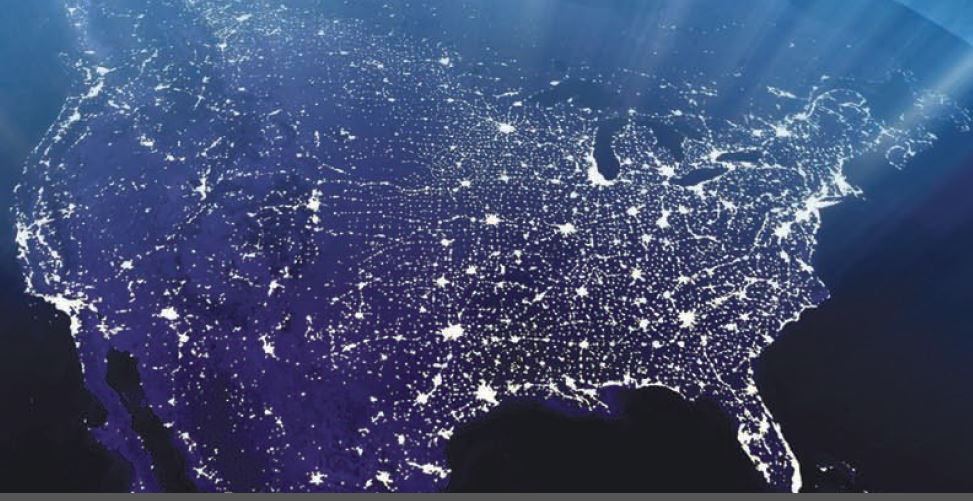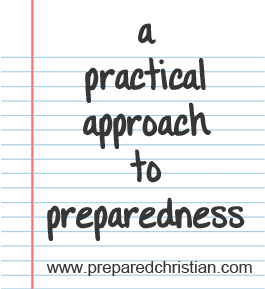
EMP and solar flares are often spoken of as if they are the same thing. While the end result is similar in that we’re left in the dark, they are actually different threats. Why does it matter? Well, for one, there are actions that can be taken to help protect against a solar flare. Later this week, I’ll be discussing EMP as a clear and present danger to the United States.
Electro Magnetic Pulse
Congress commissioned a group to study the threat of EMP in 2001 and has since re-commissioned it. You can read the EMP Commission Report for full details, but here is one section that described EMP well, located on page 9.
“The electromagnetic pulse generated by a high altitude nuclear explosion is one of a small number of threats that can hold our society at risk of catastrophic consequences. The increasingly pervasive use of electronics of all forms represents the greatest source of vulnerability to attack by EMP. Electronics are used to control, communicate, compute, store, manage, and implement nearly every aspect of United States (U.S.) civilian systems. When a nuclear explosion occurs at high altitude, the EMP signal it produces will cover the wide geographic region within the line of sight of the detonation.”
To be clear, the threat of EMP is totally manmade. An EMP is only caused by a nuclear explosion in the ionosphere and will impact the area within its line of sight. A faraday cage could be used to shield and protect against the effects of an EMP. There are arguments over how effective it would be and how it needs to be made. Personally, I believe that a faraday cage could be an effective method but I also believe it would need to be grounded.
Space Weather; Solar Flares and Coronal Mass Ejection
A very quick and simplistic explanation is that these are two different ways that the sun emits energy. A large eruption produces a flash, called a solar flare. A coronal mass ejection is an eruption of plasma into a large ball of energy. For more in depth information on these topics and on space weather, you can visit this NASA page on Solar Storm and Space Weather – Frequently Asked Questions.
Here is a short video that describes these topics much better than I could.
What Does This Mean for Earth?
The earth has seen solar flares for millennia. For example, there was a very large solar flare in 1859 that disrupted telegraph service, causing the lines to catch fire in some places. There was a blackout in Quebec in 1989 attributed to a solar storm, leaving 6 million people without power.
For a better understanding of this, here are two podcasts from Off the Grid Radio. There are transcripts of these podcasts for those who would prefer to read.
This Off The Grid Radio; Episode 10; (Transcript) is an Interview with John Kappenman, President of Storm Analysis Consultants. John Kappenman is someone who has studied space weather and has testified before Congress on the danger it poses. Mr. Kappenman discusses how solar weather is a very real threat to the grid, mainly to the large transformers.
He explains that:
“event that is almost incomprehensible because we don’t have a lot of relevant experience with it on today’s infrastructure. The severity of the storm that we’re talking about here, we think has a capacity to create widespread massive damage to the power grid especially large high voltage transformers that could cause maybe a 4 to 10 year sort of damage to the power grid and inability to restore that power grid intact over a very long period of time.”
The reason it could take 4-10 years to recover is, as Mr. Kappenman goes on to explain, that the United States currently relies on manufacturers overseas who produce these transmitters. And that:
“Also huge devices on the order of 270 tons each, so they cannot be airlifted. They have to be delivered by slow boat and enormous land logistics problems to locate them to the sites where there need to be replaced.”
The host, Bill, asks:
“So another question that people asks us constantly is does this have the potential to produce its own EMP and fry any electronics. Could a storm be one that’s 10, 20, 30 times more powerful than some of the lightweight stuff we’ve seen? Can that create an EMP and mess electronics in your home up even if you’re not connected to the grid?”
Mr. Kappenman responds:
“Well, I’d say that’s highly unlikely but I have to also caution that we don’t know the full extremes of what mother nature can do either. We certainly have been made aware of the ever more sensitive microelectronics can be impacted by radiation dosages that are also coming in during these severe space weather events and we know that systems like GPS may not function at times during severe space weather events as well. So there is some uncertainties out there that probably haven’t been fully understood and revealed yet.”
The end result is essentially the same. We’re without electricity. In Off the Grid Radio: Episode 31; (Transcript), Mr. Kappenmen is back and explains more of the problem with the grid and transmitters. He also goes into what society would look like if the power just ceased flowing.
Mr. Kappenman explains how our leaders could have done something and chose not to.
“In the last Congress, in I think May or June of last year, the House of Representatives did unanimously approve a bill called the Grid Bill, House Resolution 5026. This bill would have set in motion efforts to harden the power grid and make it more resilient against these sorts of threats that exist in today’s power grid. It would also deal with the cyber security threat, electromagnetic pulse threat and severe space weather, geomagnetic and solar storm threat that we’re talking about. The Senate was not able to act on that bill in the last Congress. As a result, it did not become law, it did not pass. I’m uncertain how the new Congress will view this and what measures they will take. I think some form of this bill will be re-introduced in Congress and further evaluation will be done in formulating a bill that hopefully would get the quick approval of both the House and the Senate.”
To my knowledge, the federal government has still not acted. In fact, some states and cities have begun to take action on their own.
You can sign up to receive Solar Flare alerts here from Flare Alert.
Later this week, I’ll cover how the threat of a nuclear or EMP attack has just increased.
Please click here to vote for Prepared Christian as a top Prepper site!
If you liked this article please think about sharing it on the social media listed below, thanks!










